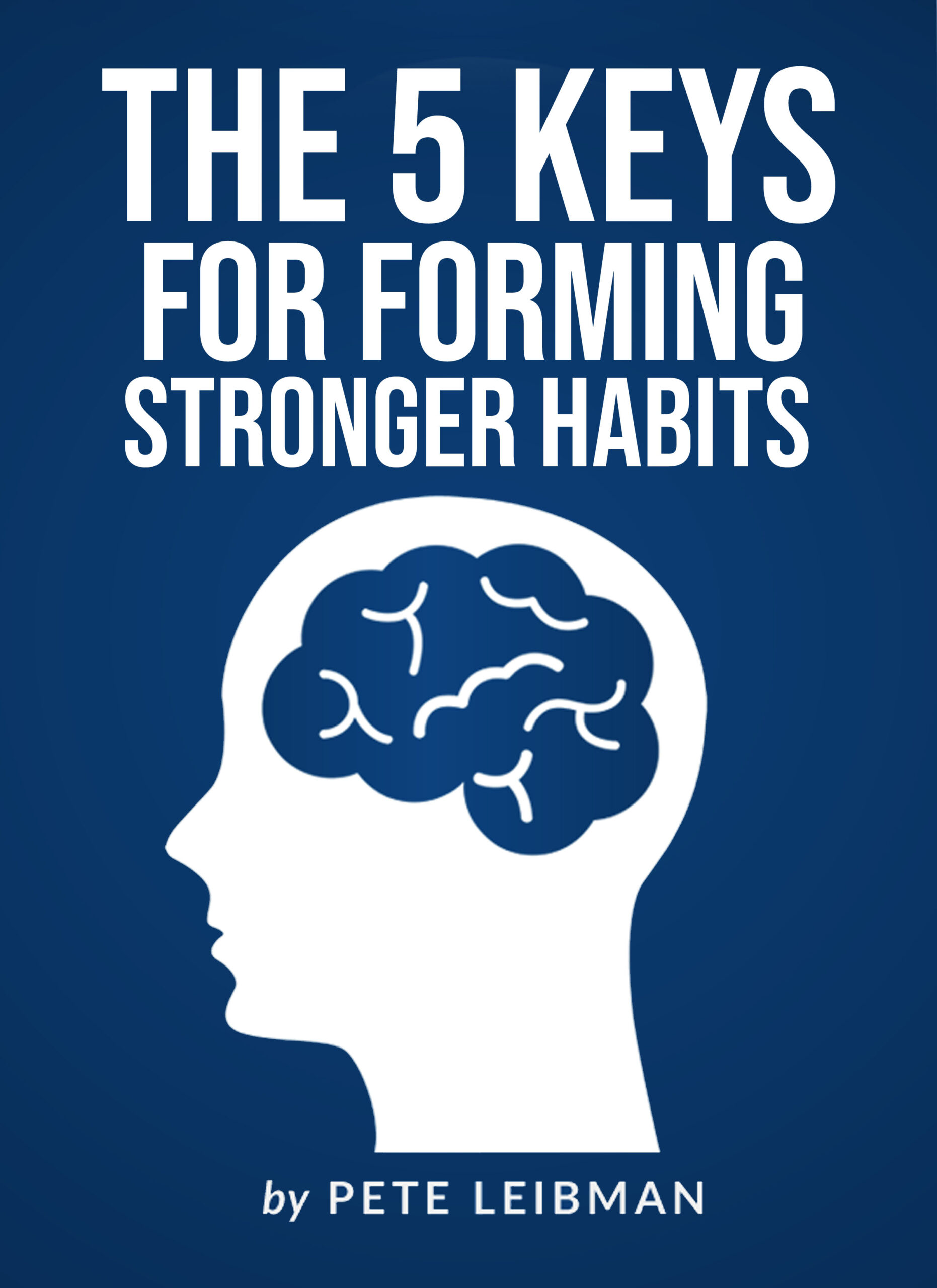
Have you ever reached the end of the day and wondered where the time went?
In this article, you will learn one way to guarantee that you never have another one of those days again: track your time at work.
My first experience with tracking my time
In fall 2010, I attended a live presentation by Darren Hardy, Publisher of SUCCESS magazine. Each attendee at the event also received a copy of Hardy’s book, The Compound Effect: Multiplying Your Success, One Simple Step At A Time.
In his book, Hardy emphasizes the power of tracking your behavior. This concept really got my attention. In 2010, I was one year into my first venture as a self-employed entrepreneur. If you had asked me then how I usually spent each day, I would not have been able to give you a good answer.
So, I decided to start tracking my time at work. My initial plan was to do it for a week or two. However, it was so eye-opening and valuable, that I made it into a long-term habit. Years later, I still track my time at work each day, along with tracking many other categories of my life.
Why should you track your time at work?
Before we discuss how to track yourself at work, let’s emphasize why it’s worth it. First of all, you will gain greater awareness over how you typically spend your day. Secondly, you will notice some themes and obvious areas for improvement.
Most people don’t realize how much time they actually waste on trivial tasks (or activities not related to work, like social media). In addition, most people overestimate how much time they actually devote to their most critical tasks. This was definitely the case for me as an inexperienced entrepreneur.
Don’t assume that you know how you usually use your time. Track yourself and you will get an accurate and detailed summary. You will also notice some ways to achieve more in less time in the future.
If tracking your time at work seems obsessive or unnecessary, consider that professional athletes track all kinds of metrics in order to improve their performance. Why not approach your work like the best athletes approach their careers?
How to track your time at work
Tracking your time can be easier than it might sound. If you have never done it, start by getting a pocket notepad. Keep it at your desk, or in your pocket when you are on the move. Throughout the day, log the times for each of your activities. For example, your morning might look something like this:
- 9:00-9:45 am: made sales calls
- 9:45-10 am: took break
- 10:00-11:30 am: worked on client proposal
- 11:30-11:45 am: took break
- 11:45-12:00 pm: checked emails
Use a new page for each day, and track yourself for at least two weeks. Then, review your notes. You will probably be shocked at how you are really spending your time. I was definitely stunned the first time that I did this.
A more advanced way to track your time at work
Logging your time in a pocket notepad can be very valuable. If you have never tracked your time before, start there.
When you are ready to take it up a notch, you can create a spreadsheet to track and analyze your time by category. I started doing this a few years ago. It will completely transform your productivity. These days, I cannot imagine working without it. Here is how to get started:
- Step 1: Identify the main categories that you spend time on. Refer to your initial time logs for ideas. Try to break down your work into 5-10 main categories of activities, including a catch-all “Admin” category for miscellaneous administrative work. The specific categories to use will depend on your job. For example, as a writer and speaker, my categories include content development, presentation prep, sales efforts, IT for my web site, and a few others.
- Step 2: Set a target percentage of time for each category. It is essential to set goals for how much time you want to devote to each area. Otherwise, there is no way to tell what you are too spending too much or too little time on. You will probably have a few key categories where you want to spend 20% or more of your time per category. There will probably also be some that are less important. Maybe you only want to spend 5% of your time or less on each of those areas. You might also want to track your time spent on breaks.
- Step 3: Create a time tracking spreadsheet. See below for a photo of a generic version of the spreadsheet that I use. You can create a similar one. Then, add your categories and target percentages for each category (steps 1-2).
- Step 4: Update your spreadsheet throughout each day. Whenever you begin a new activity, set a timer or a stopwatch. Then, when you switch tasks or take a break, stop your timer and add the activity and time to your spreadsheet. Put the time as a percentage of an hour (i.e. “1” for 60 minutes) in the appropriate row and column. My spreadsheet is set up to add categories and calculate percentages automatically. I recommend you do the same with yours. That way, you always have a real-time summary of where your time is going. In addition, that makes it easy to determine percentages for how you used your time during a specific day, week, or other period of time.
A spreadsheet is easiest to update if you have a desk job. However, it can be more cumbersome if you are on the move a lot. In that case, you could just stick with a pocket notepad. Or, you could transport your notepad data to a spreadsheet at the end of each day or week.
If any of this sounds like too much work, just give it a try for a week or two. Take it on as an experiment. You don’t have to do it forever.
This is a photo of a generic version of a spreadsheet that I use to track my time at work.
How to review your time logs
No matter how you track yourself, review your time logs at the end of each week. Friday afternoons are a great time to do this. Ask yourself the following three questions:
- Are there are any tasks/categories that you spent too much time on the last week?
- Are there any tasks/categories that you spent too little time on the last week?
- How can you improve your time management next week?
By tracking and analyzing your time each week, you will get better and better about using your time wisely. In other words, you will accomplish more in less time. The goal is to work stronger, not longer.
Summary
As Darren Hardy writes in The Compound Effect, “All winners are trackers.”
One of the most valuable ways to monitor your behavior is to track your time at work. You cannot improve your productivity without knowing where you are investing your time in the first place. Many people underestimate how much time they waste each day on trivial tasks or on activities that are not related to work. As a result, many people also overestimate how much time they devote each day to valuable tasks.
Tracking yourself will bring greater awareness to how you go through your day. Over time, you will get better and better about focusing your time and energy on more valuable activities. As a result, you will achieve more in less time and with less stress.
P.S. If you enjoyed this article, you can share it by clicking a social media icon on this page.

Free eBook and Newsletter
Download my free 40-page eBook on “The 5 Keys for Forming Stronger Habits.”
You’ll also receive my free weekly newsletter on how to become your strongest self.
Your email is safe. Unsubscribe anytime.
About the author: Pete Leibman is the Creator of StrongerHabits.com. He is a best-selling author, keynote speaker, executive recruiter, athlete, and peak performance coach. His work has been featured on Fox News, CBS Radio, and CNNMoney.com, and over 500,000 people across the world have read his articles.
References for this article:
- Hardy, Darren. The Compound Effect: Multiplying Your Success, One Simple Step At A Time. Lake Dallas, SUCCESS Media,2010.

